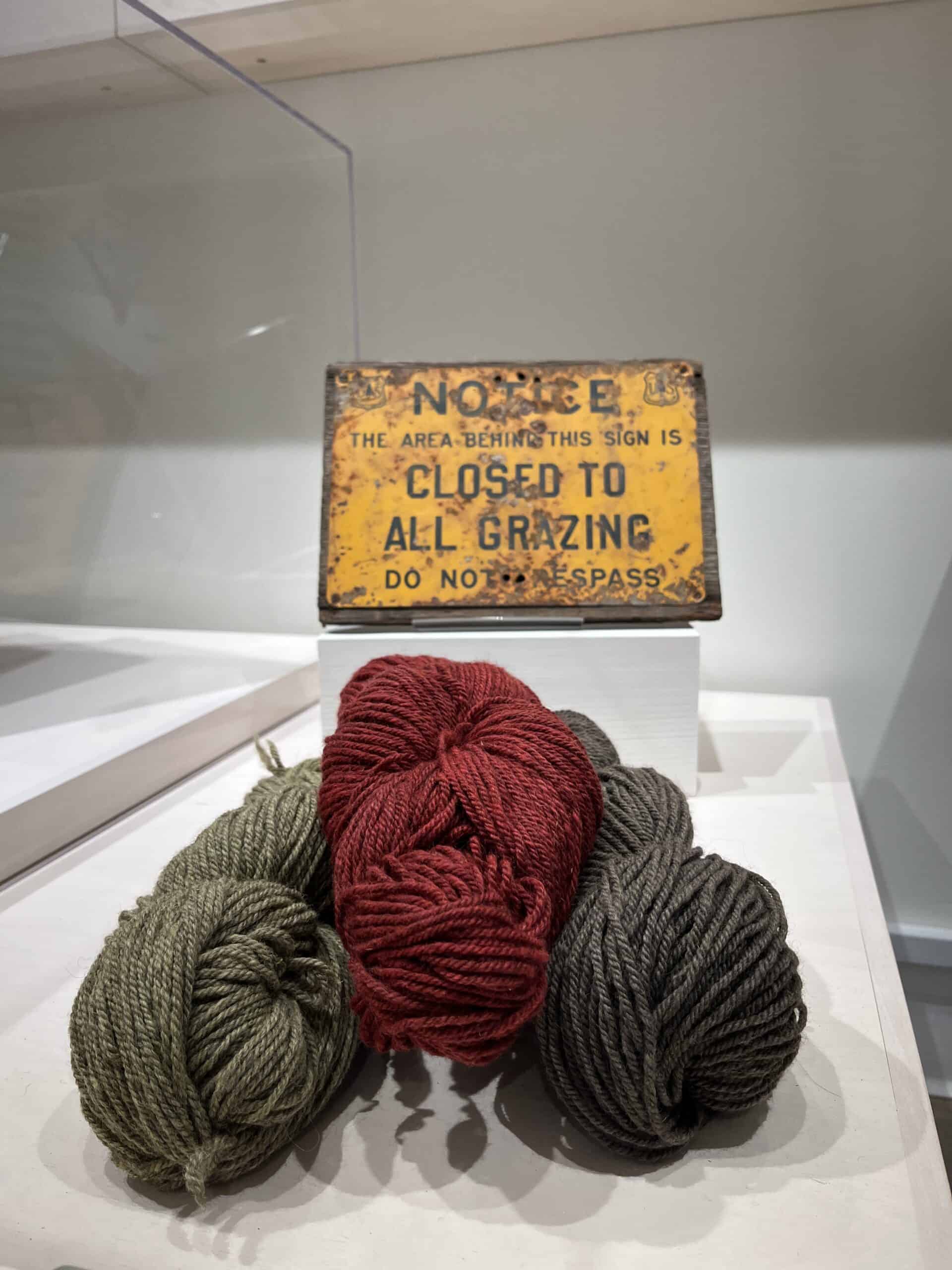Some information may be outdated.
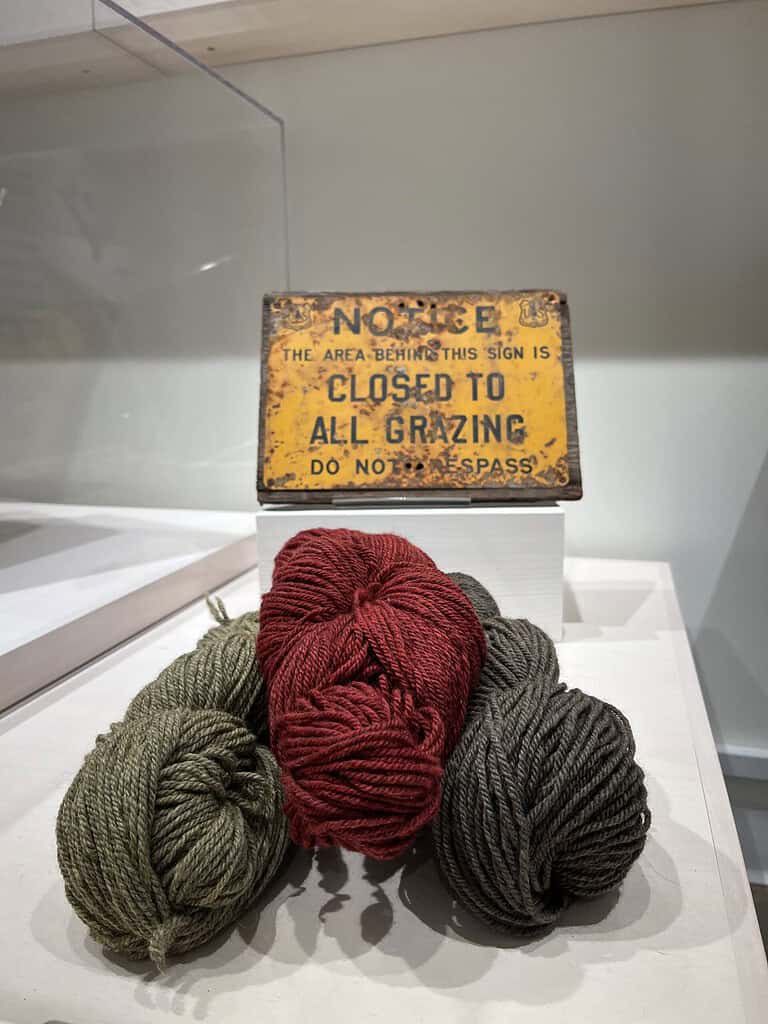
Sheep have a long and multifaceted legacy in the Southwest. Navajo Churro sheep, introduced by Spanish colonists in the 1500s, became an important part of Navajo culture, still evident today in the annual “Sheep is Life” celebration of the hardy breed. And across the West, sheepherders grazed hundreds of thousands of sheep in the late 1800s and early 1900s, often in conflict with cattlemen using the same land for their stock.
From the mid- to late-1800s, intense competition for prime grazing land often exploded into “range wars” between ranchers, homesteading farmers, and sheepmen. These armed conflicts occurred throughout eight states in the Mountain West and resulted in the deaths of at least 54 men and between 50,000 and 100,000 sheep.
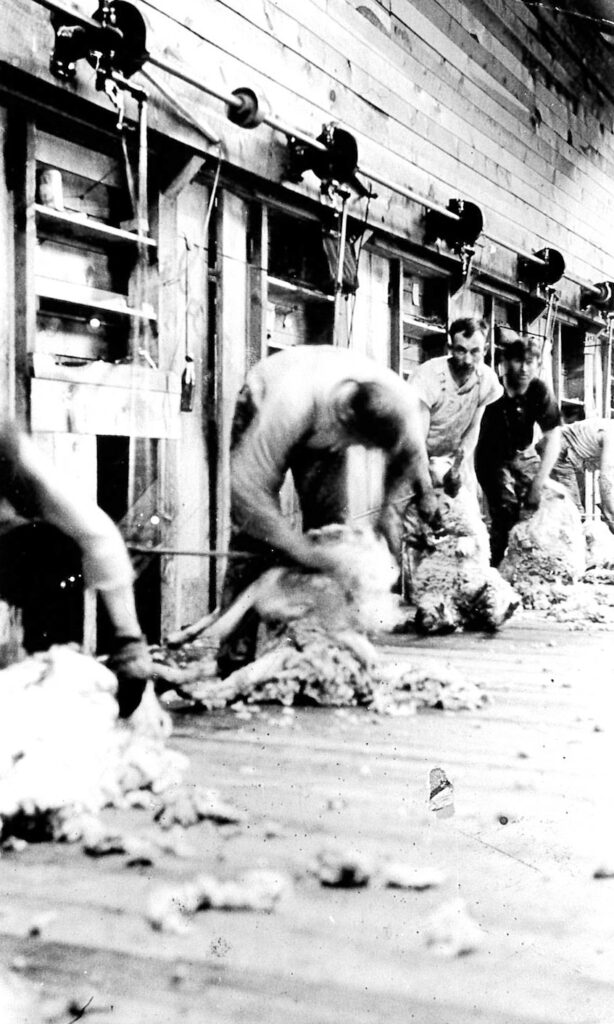
One of the most well-known and oft-referred-to anecdotes from this time period is about Charlie Glass, now memorialized on the North wall of the Travel Council Building, rendered by artist Chip Thomas (Learn more about Charlie Glass and his involvement in the conflict in our previous column from February 2023).
In an oral history given by Bill Wallace Cunningham in 1980, Cunningham remembers growing up on the Cisco Ranch (later Cunningham Ranch) while Charlie Glass was employed there:
“I remember him well. Charlie Glass worked for Oscar Turner, of course… then after Oscar died, he worked for my father for a number of years. He was at this ranch, the Cunningham ranch, at that time…and I suppose I was five or six and Charlie was killed about 1938 as I remember it. So, I was about fifteen when he was killed and I was quite fond of Charlie. He killed the sheepherder there, you know, in those war days of the sheep and cattle. And then there’s lots of stories about Charlie.”
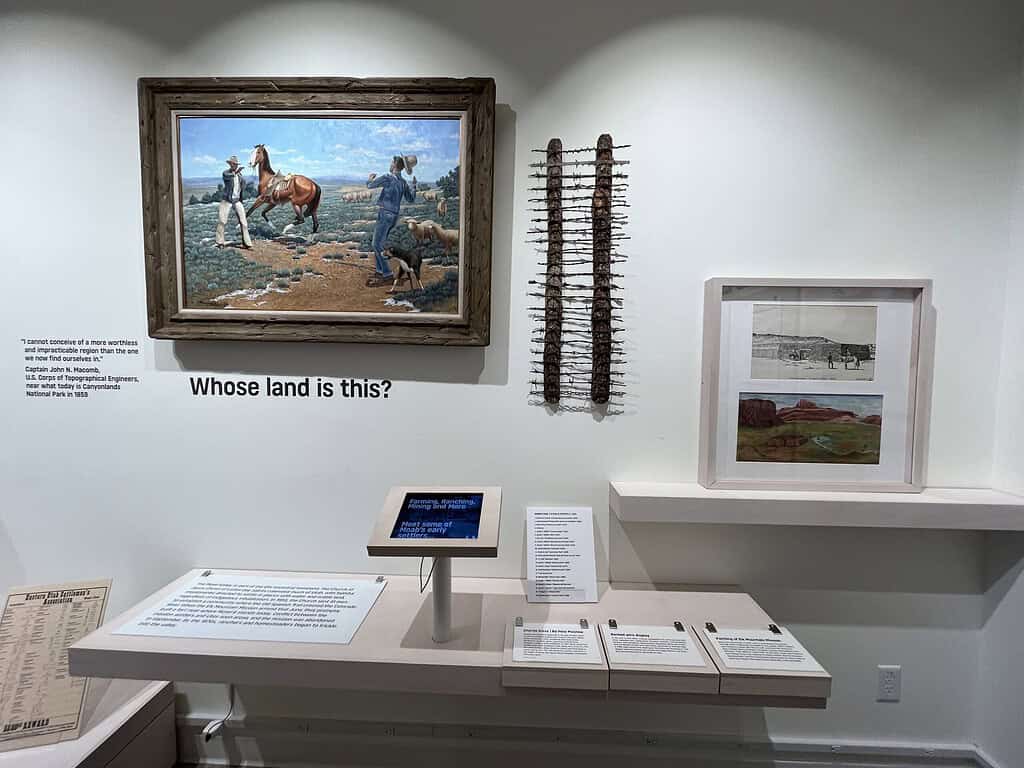
Cunningham’s oral history is stored within the Bud Werner Memorial Library collected as part of the Mesa County Oral History Project. It’s also featured in Issue 45 of “Canyon Legacy” from the summer of 2002, which reads: “This week in history: Cunningham Ranch brought 4,000 sheep to graze in the La Sal Mountains. Overgrazing across Southeast Utah ultimately led to the passage of the Taylor Grazing Act in 1934, which regulates rangeland use and their condition.”
The Moab Museum is dedicated to sharing stories of the natural and human history of the Moab area. To explore more of Moab’s stories and artifacts, find out about upcoming programs, and become a member, visit www.moabmuseum.org.
Next article:
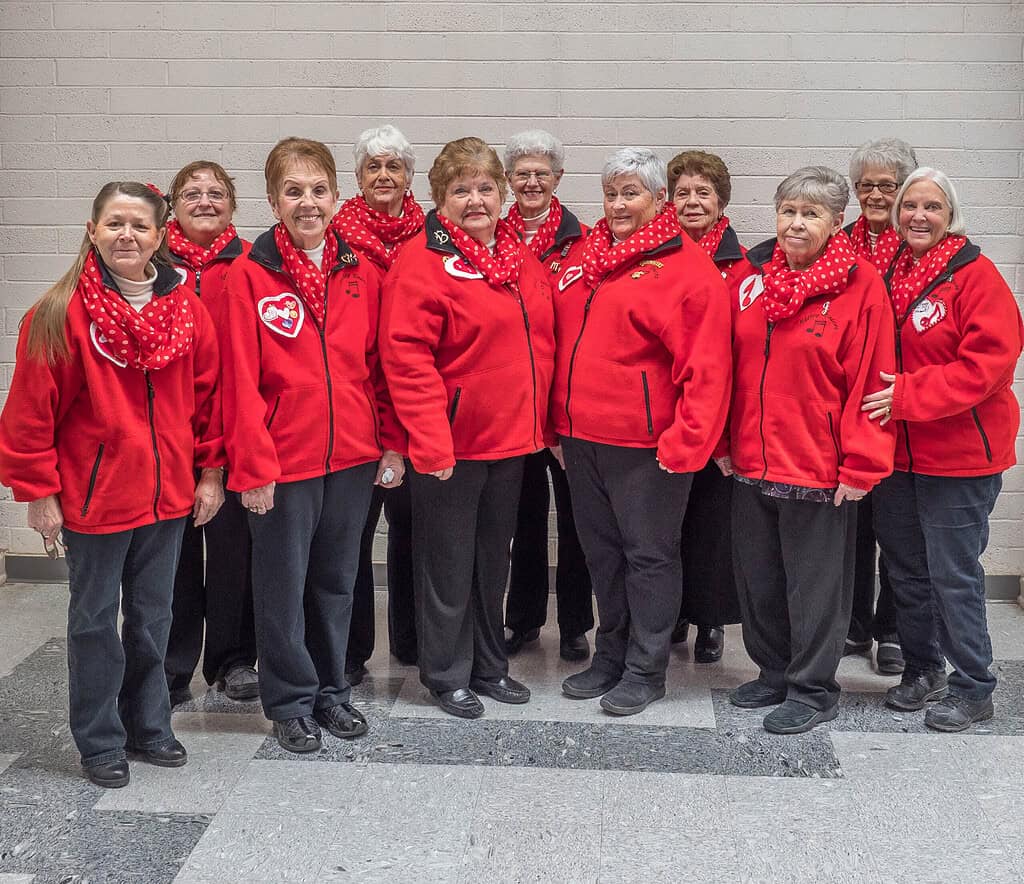
Long-running women’s chorus is still singing
____________
Read the rest of this week’s edition:
Appreciate the coverage? Help keep local news alive.
Chip in to support the Moab Sun News.


